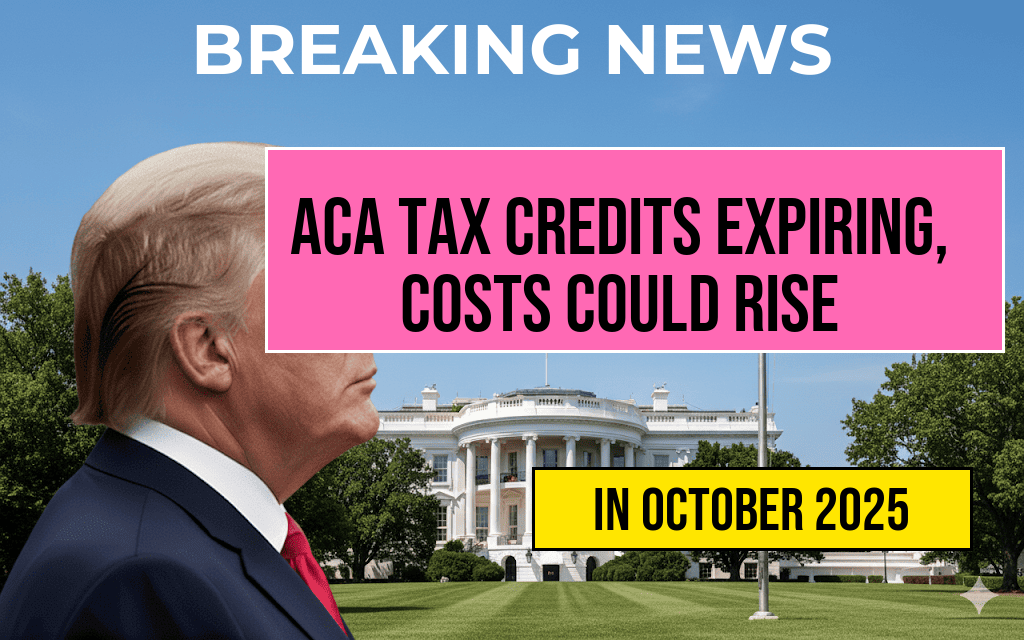The recent enhancements to the Child Tax Credit (CTC) have significantly expanded the number of families qualifying for refunds, particularly with the increased maximum credit amount of $2,200 per child. This adjustment, part of ongoing efforts to support working families and reduce child poverty, has led to a noticeable uptick in the number of households eligible for federal refunds, even those who previously did not qualify or owed minimal taxes. According to the IRS, millions of families are now able to claim higher credits, translating into larger refunds or reduced tax liabilities. These changes, reflecting legislative updates and administrative adjustments, are reshaping the landscape of family benefits within the U.S. tax system. As the tax season progresses, understanding the implications of this increased child credit is essential for families seeking to maximize their refunds and ensure compliance with evolving eligibility criteria.
Understanding the Increased Child Credit and Its Impact
What Is the Child Tax Credit?
The Child Tax Credit (CTC) is a federal benefit designed to help parents offset the costs associated with raising children. Historically, the credit amount has increased over recent years, especially following the American Rescue Plan Act of 2021, which temporarily expanded eligibility and increased the maximum credit. The latest updates, effective for the 2023 tax year, have cemented these enhancements into the regular tax code, making them permanent or semi-permanent adjustments.
How the $2,200 Limit Changes Family Eligibility
Previously, the maximum Child Tax Credit was capped at $2,000 per qualifying child under age 17. The recent legislative adjustments have increased this amount to $2,200 for each eligible child, effectively elevating the financial support available to families. This increase is particularly impactful for families with multiple children, as the total potential refund rises proportionally.
Who Qualifies for the Increased Credit?
Qualification for the $2,200 credit hinges on several factors, including income thresholds, the child’s age, and residency status. Generally, families with adjusted gross incomes (AGIs) below certain limits are eligible for the full amount. The IRS has also expanded eligibility to include more families, such as those with lower earnings or those who have previously owed little or no taxes.
| Criteria | Details |
|---|---|
| Child Age | Under age 17 at the end of the tax year |
| Income Limits | Modified AGI thresholds apply; full credit available below $75,000 for singles, $112,500 for head of household, and $150,000 for married filing jointly |
| Residency | Child must be a U.S. citizen, resident alien, or national, and have a valid Social Security number |
| Dependency Status | Child must be claimed as a dependent on the taxpayer’s return |
How the Changes Affect Families and Refunds
Broader Eligibility and Increased Refund Amounts
The enhanced child credit has resulted in a broader spectrum of families qualifying for refunds, including those with moderate incomes who previously did not qualify for substantial benefits. For many, this translates into higher refunds, which can be crucial for covering expenses such as childcare, healthcare, and education.
Impact on Tax Filing Strategies
Tax filers are encouraged to review their eligibility carefully and consider claiming the full extent of the increased credit. Some families may also qualify for additional credits, such as the Earned Income Tax Credit (EITC), which, combined with the Child Tax Credit, can lead to significant refunds. Tax professionals advise double-checking income thresholds and documentation to ensure accurate claims.
Potential Challenges and Considerations
- Income Phaseouts: Families with higher incomes may see a gradual reduction or elimination of the credit.
- Documentation Requirements: Accurate records of children’s Social Security numbers and residency status are essential.
- Timing of Refunds: Changes in filing procedures or processing times may affect when families receive their refunds.
Looking Ahead: Policy and Legislative Context
Legislative Support and Future Outlook
The expansion of the Child Tax Credit reflects a broader legislative effort to provide targeted support to families. While some provisions are set to revert if not legislatively extended, advocates continue to push for permanent enhancements. Policymakers highlight these changes as steps toward reducing child poverty and easing financial burdens for working families.
Resources for Families and Taxpayers
Taxpayers seeking additional information can consult the IRS official website or trusted sources like Wikipedia’s page on Child Tax Credit. For personalized guidance, working with a certified tax professional or utilizing IRS free filing tools can help ensure families maximize their benefits.
Key Takeaways
- The $2,200 child credit increase broadens eligibility and boosts refunds for many families.
- Understanding qualification criteria and documentation requirements is essential for claiming the full benefit.
- Ongoing legislative debates may influence future adjustments to the Child Tax Credit and related family benefits.
Frequently Asked Questions
What is the Child Credit of $2,200?
The Child Credit of $2,200 is a federal tax benefit designed to provide financial assistance to families with qualifying children, helping to reduce their overall tax liability and potentially resulting in refunds.
How does the Child Credit of $2,200 help families qualify for refunds?
This credit increases the amount of money families can receive back through refunds, especially for those who previously did not qualify or received smaller refunds. It makes more families eligible for refunds by offering a larger benefit for qualifying children.
Who qualifies for the Child Credit of $2,200?
Families with qualifying children under certain age and income limits are eligible. Specific criteria include the child’s age, relationship to the taxpayer, residency, and the taxpayer’s income level.
Are there income limits to qualify for the Child Credit?
Yes, there are income limits that determine eligibility for the Child Credit. Families with income below certain thresholds can fully or partially qualify to receive the $2,200 credit, with benefits gradually phased out as income increases.
How can families claim the Child Credit of $2,200 on their taxes?
Families can claim this credit by filing a federal tax return using IRS Form 1040 or 1040-SR and completing the relevant sections to identify qualifying children and calculate the credit amount.








